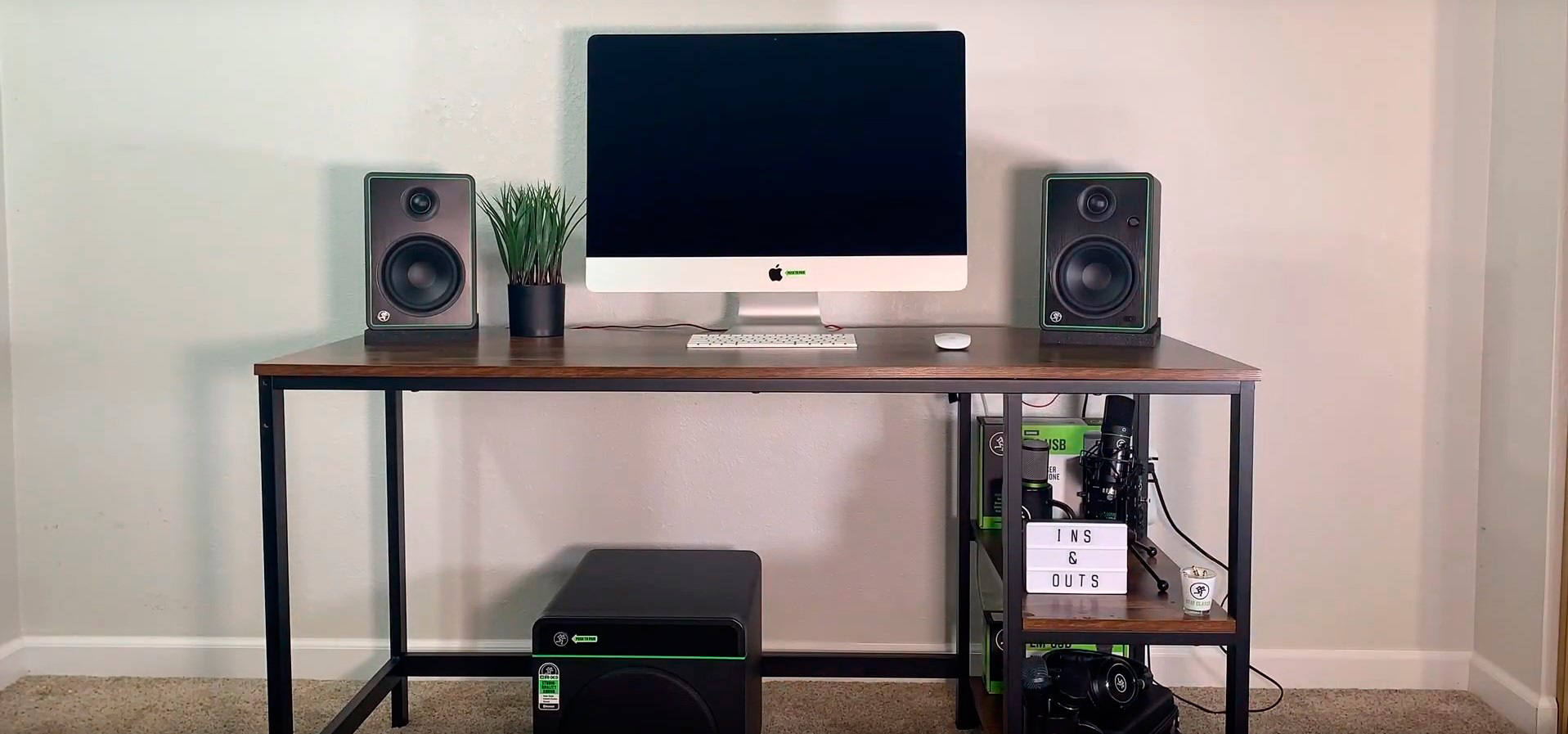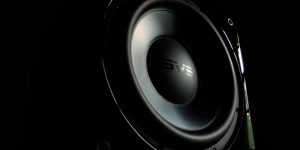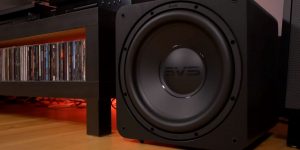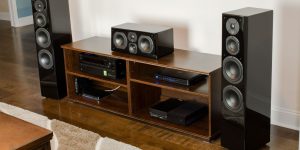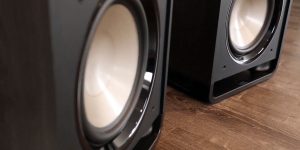Today’s article is for people who want to create a good soundscape for music and computer games but don’t know how to connect a subwoofer to a PC yet. Or maybe you need to clarify some details in this matter. Then you have come exactly to the right place.
Before we get to the heart of the matter, I want to talk about the main advantage of the PC subwoofer. Let’s imagine you don’t own fancy, expensive speakers, but you have a pair of basic speakers connected to your PC. The question arises, “How can I improve the overall sound without spending much money?”. Well, connecting a subwoofer to a computer can seriously improve the overall sound by adding bass frequencies, which are usually lacking in cheap speakers. Intrigued? Then, let’s get to the point.
Necessary equipment and cables

Usually, hooking up a subwoofer to a PC is easy, but there are exceptions, so you need to arm yourself with equipment and cables. So, what you might need:
- RCA to miniJack 3.5 mm (AUX) male-male/male-female adapter;
- RCA cables or 3.5 mm (miniJack) audio cables;
- cable for connecting the active subwoofer to the mains (usually, the cable is included with the device);
- speaker cable for connecting the passive subwoofer to an amplifier.
These are the basic types of cables you may need. However, you should consider that there are individual peculiarities of devices and their pairing with each other. Therefore, my list (in some cases) can be extended.
Connecting the subwoofer to the PC
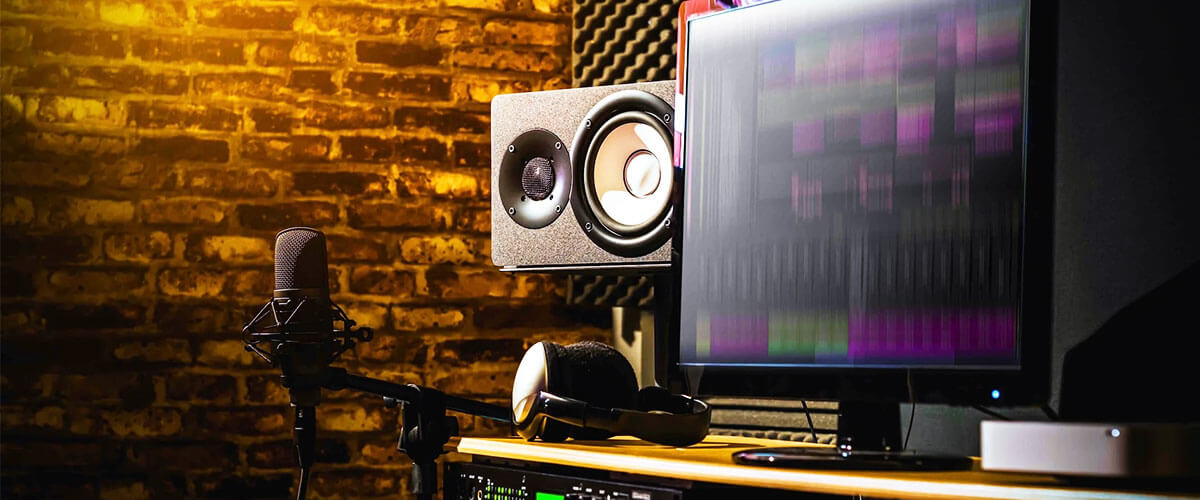
Most often, I had to deal with subwoofers, which are part of speaker systems of different configurations – 2.1, 5.1, or 7.1. Connecting such devices usually does not cause difficulties since they are designed to work in tandem with a computer. It is enough to determine which connector a particular type of speaker is connected to.
Connecting an active subwoofer to a PC
These devices are a symbiosis of a speaker and auxiliary electronics – an amplifier or receiver needed to amplify the signal. Such speakers have two types of connectors – input connectors for receiving a signal from a sound source, in our case, a computer, and output connectors for connecting other speakers. We are interested in the first. These are RCA-type jacks.
In order to connect them to the computer, you will need an adapter from RCA to miniJack 3.5 mm (AUX) of “male-male” type. One end of the adapter plugs into the subwoofer’s RCA jacks, and the other plugs into the woofer jack on the PC sound card. If the sound card has the necessary port, the connection goes smoothly. But what about when your sound card configuration does not allow you to use any “extra” speakers other than stereo?
In this case, you will also need an RCA to miniJack 3.5 mm adapter, but of a slightly different kind. In the first case, it was “male-male”, and now we will need “male-female”.
By the way, you should not worry that the computer’s output is not specifically designed for low frequencies – the electronic stuffing of the active subwoofer itself will do the main work, and the sound will be correct.
Connecting a passive subwoofer to a PC
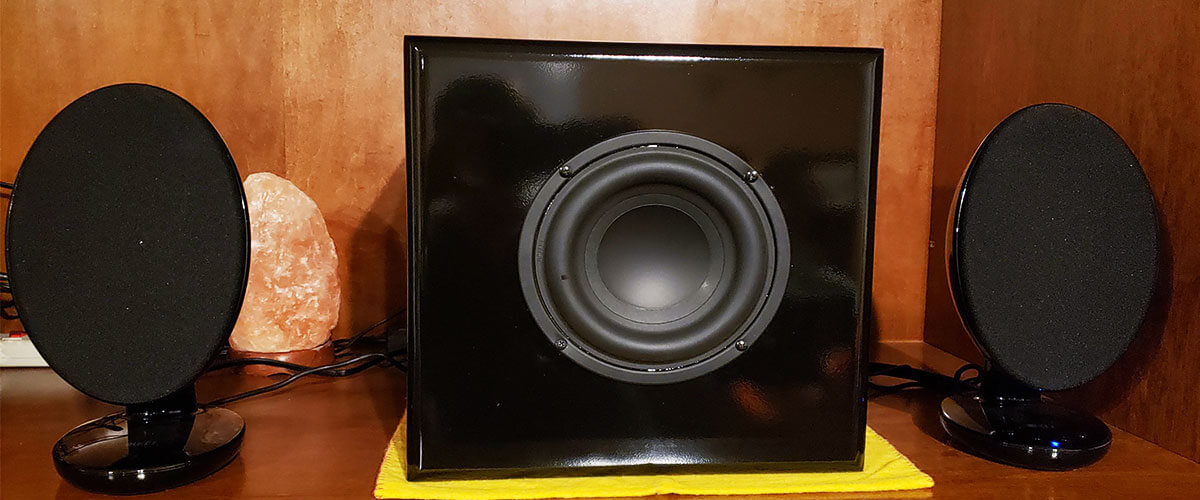
Passive subwoofers are not equipped with any additional units and require an intermediate device – an amplifier or receiver – for proper operation.
Such a system is assembled using appropriate cables and, if necessary, adapters, according to the scheme “computer – amplifier – subwoofer”. If the auxiliary device is equipped with a sufficient number of output connectors, it is also possible to connect a loudspeaker system to it.
I have broken down the plug in a subwoofer procedure into 4 basic steps:
- Make sure the computer is turned off.
- Connect the sub and amplifier, and then connect it to the analog panel with a 3.5mm Jack cable. Plug the second RCA cable into the amplifier.
- The sub connects to the center input (yellow) on the back of the system unit. Don’t forget to connect the cables to the microphone and line jacks.
- Plug the system into the mains and boot the PC.
This method is suitable if the receiver has a connector for low-frequency devices. If it does not, you need to do the following:
- Disconnect the PC and prepare the receiver and speakers.
- Connect the speakers to the amplifier with the appropriate cables.
- The receiver is connected to the system unit.
Advanced considerations

Now, let’s talk about what else you can optimize and upgrade. First of all, I advise you to try to use an external DAC. Connect to your PC usually via a USB port. Then (if necessary), configure the drivers and set your PC settings. All that’s left is connecting the DAC to your subwoofer (using RCA, XLR, 3.5mm, etc.). This can really improve sound quality dramatically, providing cleaner and more accurate audio than your PC’s built-in audio components. Connection is usually via a USB port.
Second, remember that a high-quality sound card for your PC can not only provide better sound quality but also provide additional options for customization.
If your subwoofer is passive, using a quality amplifier can improve its performance by providing more powerful and cleaner bass. Also, special stands or isolators for the subwoofer can reduce vibrations and improve bass clarity.
Lastly, high-quality audio cables can improve signal transmission and reduce interference. This, in turn, will also have a positive effect on overall sound quality.

